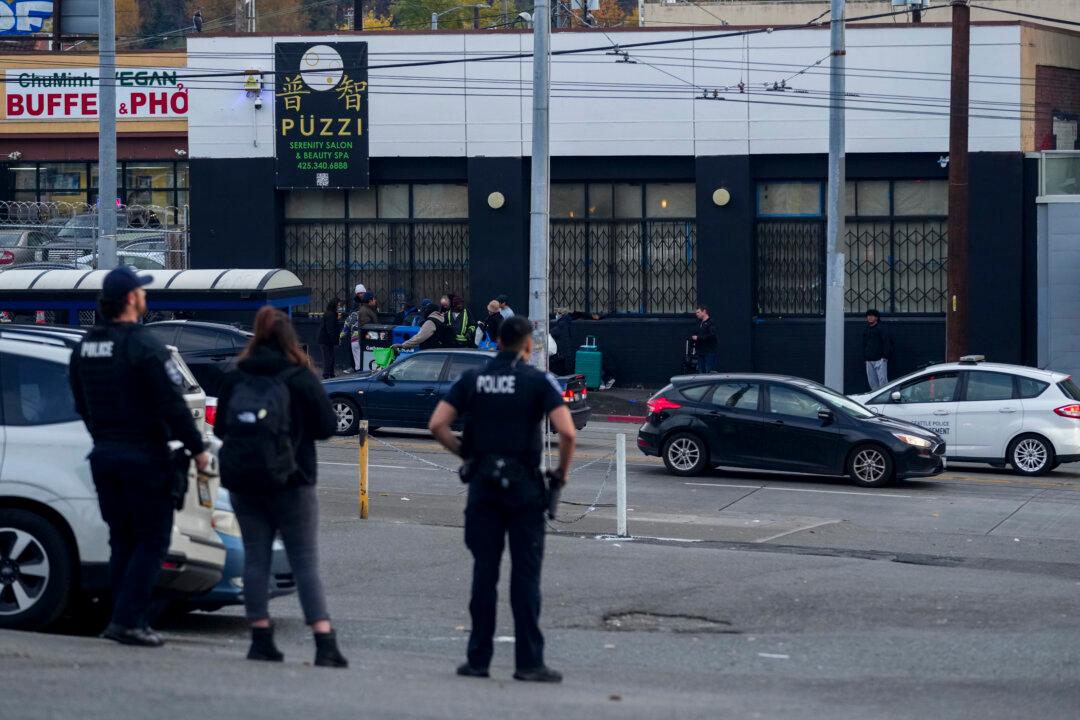The U.S. military released a new video on Wednesday showing Russian fighter jets flying dangerously close to multiple American drone aircraft carrying out a mission in Syria against the ISIS terrorist group.
In a statement on July 5, the U.S. Air Forces Central described the tense encounter as “unsafe and unprofessional behavior” by Russian airmen interacting with the U.S. military operating in Syria.





